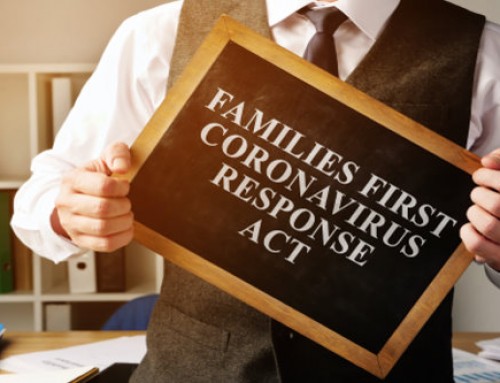As a labor attorney in Columbia, SC, we know that businesses that employ other people are vital to the success of the local, state, and national economies. For many clients, hiring, promoting, and honoring their employees are some of the highlights of running a business. Unfortunately, any business with employees has likely also had the crushing job of firing an employee.
Does a Business Need a Reason to Fire an Employee in South Carolina?
Many employers fear they need a good reason to terminate an employee. South Carolina is an “at-will” state, which means that employers can terminate employees at any time, with or without cause and with or without notice. The employee handbook should reinforce that employees are at will. An employee is no longer at will when they have an employment contract that details the terms of employment. These contracts frequently include the employee’s start date, salary, benefits, and duties can be contracts like:
- Confidentiality agreements;
- Non-compete agreements; or
- Ownership of inventions agreements.
Just because South Carolina is an employment-at-will state does not mean that an employer cannot be sued for wrongful termination. While an employee can be terminated for any or no cause, he or she cannot be terminated for a discriminatory reason (race, religion, age, gender, national origin, pregnancy status or disability). Other actions may also give rise to a wrongful termination claim, like:
- There is an oral or written express or implied employment contract;
- Firing an employee for refusing to do something illegal; or
- Terminating an employee for reporting a health or safety violation.
Does a Business Need a Protocol for Firing Employees in South Carolina?
Dismissing an employee from their work can be an emotional and challenging task for even the most experienced manager. Having a solid protocol and policies in place for the process can ease the manager’s anxiety to assure the task goes as smoothly as possible.
1. Make Termination the Last Step
Termination should be the last option in dealing with a struggling employee, not the first. Have a transparent process in place to conduct employee reviews. If an employee is struggling in one of their duties, be sure they are made aware of the issue and have had counseling and an opportunity to correct the issue. Create a series of corrective actions to improve the employee’s performance, like mentoring from a successful coworker, extra training opportunities, or suspension. If a business is terminating an employee for substandard performance, the employee should be aware of the issue prior to their termination.
2. Document, Document, Document
Because termination is the last step, a business has ample time to create a record of an employee’s poor performance prior to dismissing the employee. The employee likely has a lengthy track record of substandard performance prior to their termination, such as excessive tardiness, routine absences, missed quotas or benchmarks. Write these details down and discuss them with the employee to create a record of the employee’s performance.
3. Have a Protocol for Termination Meetings
A protocol should be made clear to all levels of managers and human resources staff regarding how to dismiss an employee. If possible, have more than one senior-level staff member present, such as a human resources representative and the supervising manager. The meeting should be extremely private and confidential. Everything that is said during a termination meeting may resurface if the employee decides to file a wrongful termination claim. Be prepared to answer logistical questions, like when the employee’s official last day is, when they will receive their final pay, are there severance arrangements, or what happens with their benefits.
4. Keep the Team in the Loop
The remaining employees may be concerned about their coworker’s termination. Talk with the team about any necessary details they may need, keeping within privacy laws. Offer an open door to your team if any of them are concerned about their own job performance or security to assuage any unwarranted concerns.
Steps After Termination
Once an employee has been terminated, the business needs to be prepared to transition that person smoothly out of the building. Know what company-issued property is in the employee’s possession that needs to be returned (phones, laptops, keys, etc.); have paperwork ready at the meeting regarding final notices; be sure the employee has the correct company contact if they have questions about their compensation or benefits. Be prepared to call the security and IT departments to forward the employee’s email to the appropriate person in the company and redirect any phone calls. Sometimes a company is warranted in changing locks or security passcodes on the building.
Get Help
Terminating an employee is one of the most stressful aspects of running a business. Employee dismissal can also lead to wrongful termination claims. Let an experienced South Carolina employment lawyer at Gignilliat Savitz & Bettis, LLP create policies, protocols, and procedures for your company to dismiss employees as smoothly as possible and within the confines of employment law.






